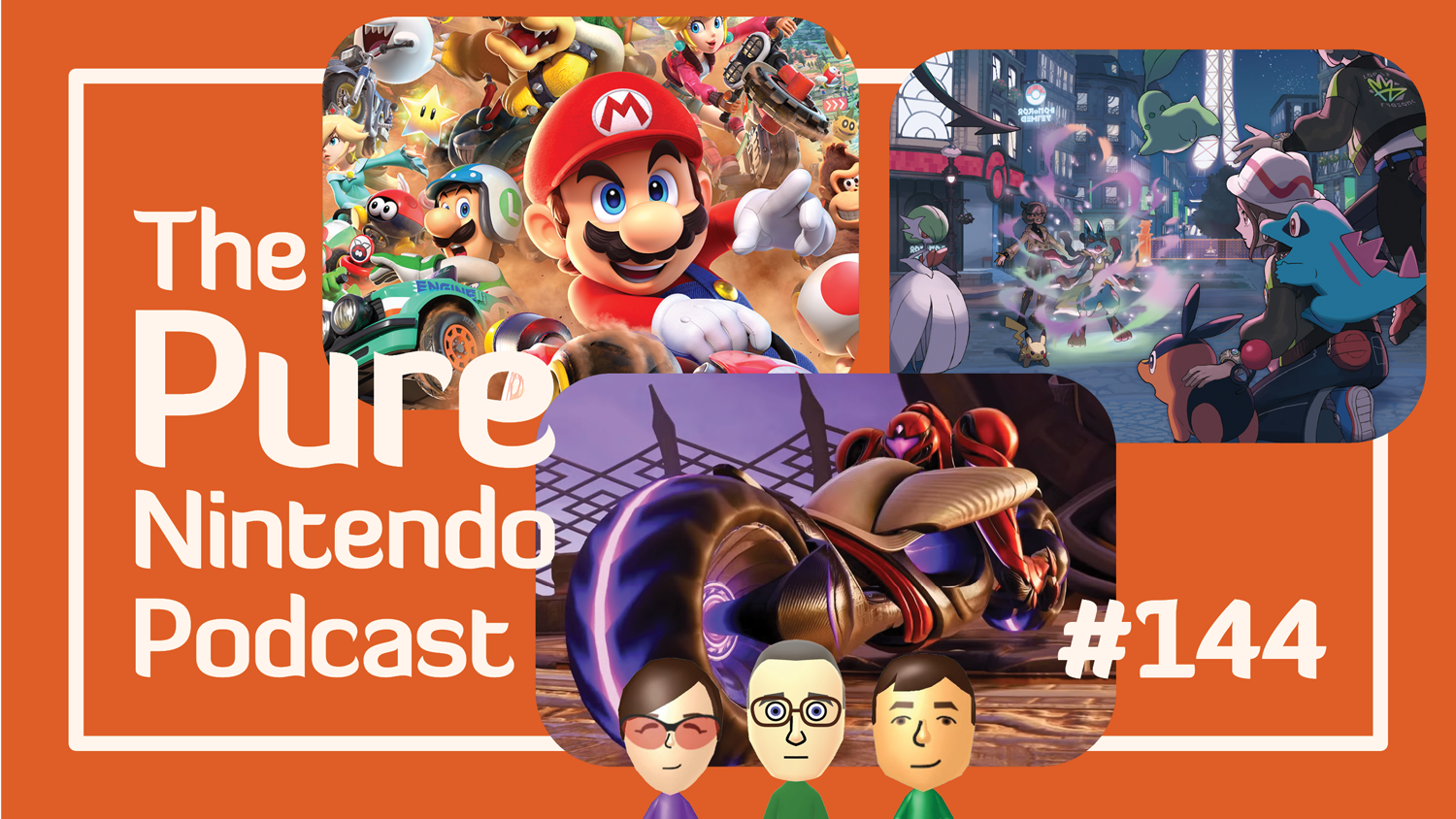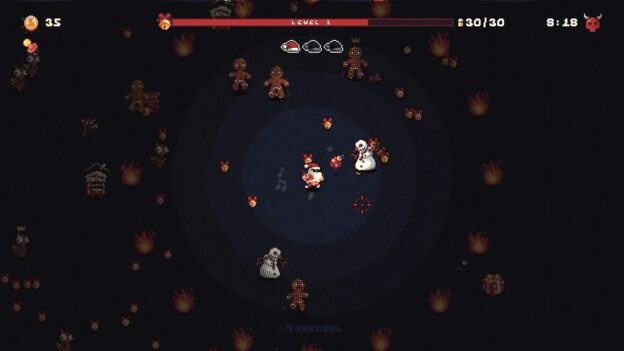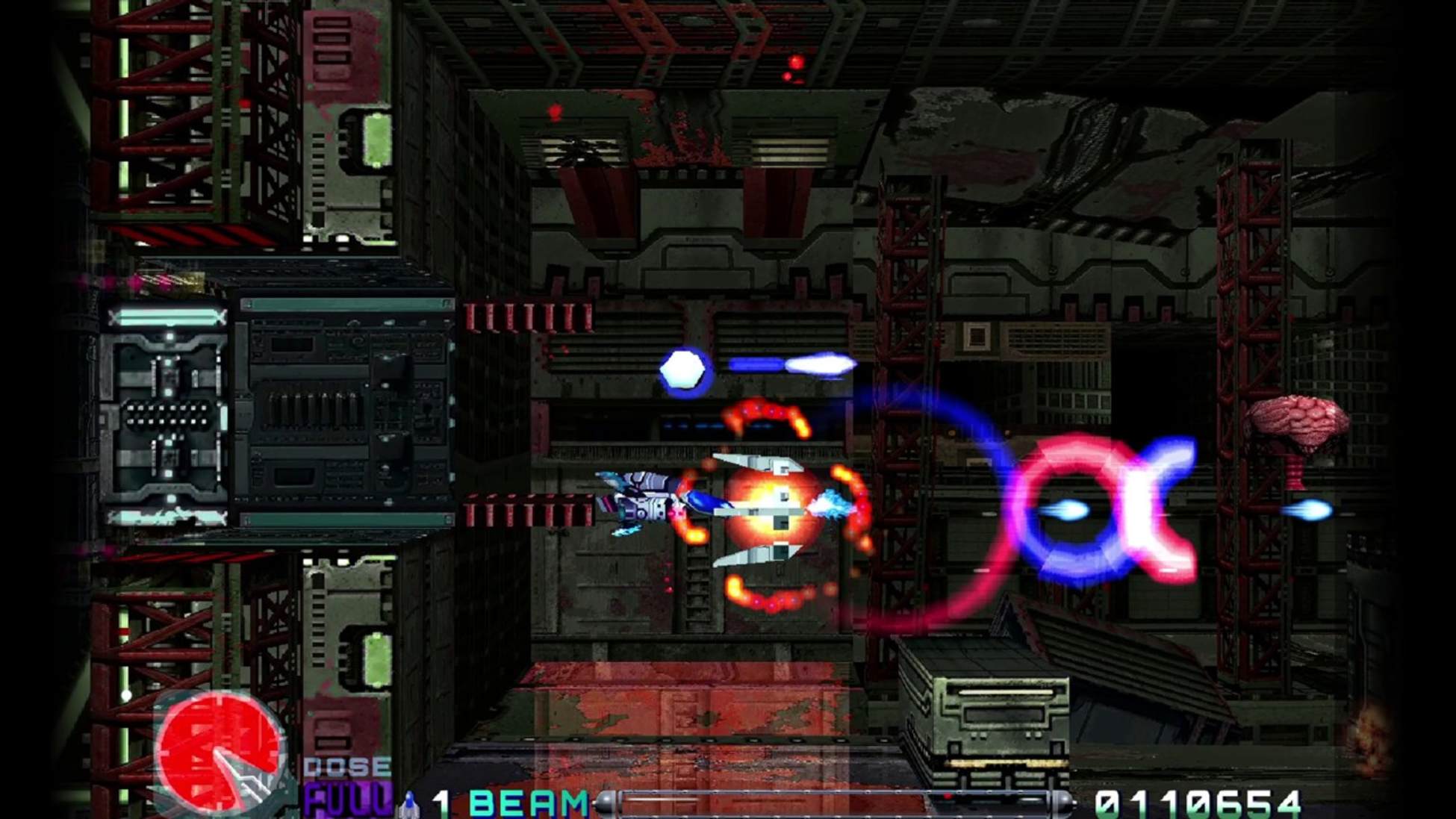Super Monkey Ball: Banana Rumble Review – Review

They stuck the landing.
When my reviews editor at Nintendo World Report passed along the download code for Super Monkey Ball Banana Rumble, he asked me to let him know how it was. A little later I sent him a message with four words:
“We are SO back.”
I was a bit skeptical of Banana Rumble after 2021’s Banana Mania did a mediocre job of remaking Super Monkey Ball’s GameCube classics. The redone physics weren’t well-tuned to the faithfully-ported levels, and the one innovation since I last played twenty years ago—the ability to jump—felt more like a cheat than a genuine step forward for the series’ gameplay. As the first fully new game in a decade it should’ve been even more difficult to stick the landing than a remake, but I’ve thankfully been proven very wrong. Banana Rumble impressed me right out of the gate, and it managed to keep up that momentum all the way through.
In case you’re new to Super Monkey Ball, the basic idea is that you are naturally a monkey rolling around in a giant hamster ball. The game loop consists of a series of bite-size platforming levels where you simply try to safely reach the goal while collecting as many bananas as you can along the way. Where most platformers nowadays allow you to stop on a dime and quickly adjust your trajectory with great precision, Super Monkey Ball takes the opposite approach by forcing you to work around your own momentum. Once you’ve built up speed it isn’t easy to stop moving without smashing head-first into a wall, and if you don’t build up speed then you’ll have trouble rolling up slopes and bouncing over obstacles. It’s a game all about Newton’s first law: a monkey in motion will stay in motion, and a monkey at rest will stay at rest.
The big shake-up this time around is the addition of a spin dash that allows you to quickly gain momentum in any direction. Its most obvious application is getting that extra burst of speed you’re missing to get up a hill or jump over a gap, and that’s about as far as the level design ever demands from you. Meanwhile experienced players will be able to take advantage of a well-timed dash to make a sharper turn than their speed would allow or even hit a jump at just the right angle to fly over an entire stage and reach the goal in seconds.
Where the jump button in Banana Mania felt like a cheat, the spin dash is far more balanced in ways that encourage the player to be careful and clever about its use. The key limitation is that the dash is not a get-out-of-jail-free card; it doesn’t cancel your momentum, and if your speed is high enough then it won’t make a big enough difference to meaningfully change your trajectory. The dash must also be charged up before use and has a cooldown period before it can be used again, so it’s not something you can use to easily correct a mistake you didn’t anticipate making. Speedruns of past Super Monkey Ball games have been a spectacle like nothing else, and I’m incredibly excited to see what the most dedicated players are able to pull off with this move.
The levels themselves are balanced for all skill levels by the inclusion of optional objectives that can be completed for bonus points. Each level has the same set of side goals: finish incredibly quickly, collect every banana, and collect the golden banana that has either been hidden or placed in a difficult spot to reach. While simply reaching the goal of a stage starts out easy and ramps up at a steady pace, the optional objectives get difficult very quickly, and even experienced players will likely find them to be challenging as early as the game’s second world. There are plenty of levels in the early stages where I haven’t even figured out how to beat them quickly enough for the bonus, and I imagine I’ll be coming back to this game for a long while if I want to finish them all.
Banana Rumble is not free of shortcomings though; the multiplayer battle mode is sadly a step down from the classic party games. There is a surprisingly extensive set of alternate game modes that can be played online such as racing, banana hunt, and a robot-smashing competition. These game modes are not bad and it is pretty cool that they are playable with up to 16 players, but since they’re all based on the same core controls and mechanics as the main platforming levels they don’t have the same variety as the party games of old. It feels strange for me to complain that a game doesn’t feature a lot of mini-games that have nothing to do with the traditional gameplay the series is known for, but this is a game by the same developers as the Like A Dragon franchise. Like A Dragon is famous for its wide variety of disconnected mini-games that ultimately have nothing to do with the main story or gameplay. Is it so much to ask for Super Monkey Ball to receive that same treatment now when past games did it so well?
Despite my disappointment with the side games, Super Monkey Ball Banana Rumble is the most I have enjoyed playing a new Super Monkey Ball game in twenty years. The failures of Banana Mania have not been repeated, and the high skill ceiling of the spin dash combined with the extensive replayability of the optional objectives means that I am probably going to be playing this game for the next twenty years just the same as the GameCube classics. Even as the modern descendant of Super Monkey Ball’s original developer Amusement Vision, Ryu ga Gotoku Studio has outdone themselves here. This is not simply a return to form; this is proof of the bright future that Super Monkey Ball might have.




